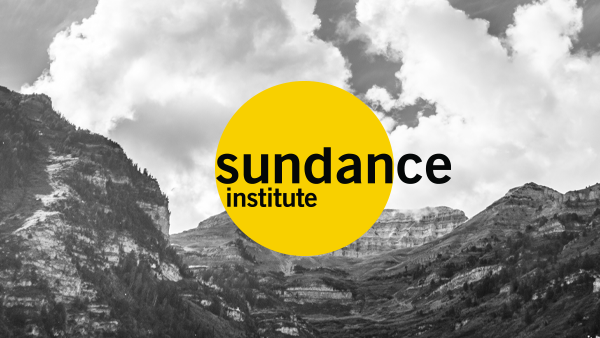Philip Himberg
The heavy grey skies gave way to a brilliant shaft of late afternoon sun, a gold dagger that poured its light into our rehearsal studio as the Tanzanian company danced and sang. The voices of three women soared, blending into harmonies unknown to my ears. For a moment, my breath caught in my throat. There are few moments more poignant, when all the work and worry and conversation are distilled into pure joy. Of course this is why we are here. After nearly two weeks of daily rehearsals, complications, and challenges, each of our four companies presented their work.
We began in the morning, on what I describe as the ‘lanai’ at Perico, a compound of residences next door to Diamond Beach Village. We rented Perico’s outdoor spaces for rehearsal after having peeked at it last summer, charmed by what felt like a purposefully designed tiny amphitheatre just for Sundance. The owners are Spanish and their staff greeted us each morning, curious and happy that spaces usually used for drinking and socializing were serious workrooms now. The play I directed, Desperate to Fight by Meaza Worku, presented first.
The story? A nearly 40-year-old woman is recounting her three failed marriages, as the couple next door fight and make love through paper thin walls. She conjures her three husbands and reenacts the humor and heartbreak of couple-dom gone awry. The play is infused with humor, made even more delicious by the performances of Mũmbi Kaigwa of Nairobi, Kenya, and Philip Luswata of Kampala, Uganda. One scene was performed in English and then again in Amharic (two other actors took over) with two quite different interpretations. The Lab participants and about a dozen guests from the Island laughed loudly. Afterwards, audience members told me how much the play made them think. “It may have taken place in Addis Ababa,” said one, “but this play would be a huge hit in my town, in Dar Es Salaam.”
After tea, Margaret Namulyanga’s play He Is Here He Says I Say was presented at Perico. It’s a deep and poetic musing about Ruth, a young woman in Uganda, who we see through various periods of her life – from an optimistic, feisty woman to an abused wife. Her journey, told through monologue and scene, was not always comfortable to watch, including an intimate portrayal of the ‘readying’ of the girl for sexual intercourse. The author is Ugandan and currently studying playwriting at Brown University. She is a voice to be reckoned with and her director, Liesl Tommy, had focused their work on allowing Margaret to write out everything that was in her heart. We could appreciate the soulfulness of the writing, the ‘blood on the page.’
It rained most of the day, that equatorial, warm insistent rain, and while we all wished for a beach day, perhaps this allowed us to focus on the work to come.
In the afternoon we observed the final two presentations. The Tanzanian play by Irene Sanga, Safari Wa Mwandale, was a beautifully wrought amalgam of music, singing, dance, and text – a singular graceful form so embedded in Tanzanian culture. It was clear to me that Irene’s work with Sundance last spring at Banff had deeply and meaningfully influenced how she wove her tapestry of storytelling. It was during this performance that the sun broke through, and I felt the pride of having helped to orchestrate this program, Sundance Institute East Africa. The work of my colleagues, the work of the artists, and the providence of being here, made theatrical alchemy.
Finally, Eric Wainaina, one of Nairobi’s leading composers and singers, laid out for us the brand new plot and storyline of his musical Mo’ Faya. Along with his director, Indhu Rubasingham, and Sundance Artistic Associate Roberta Levitow, Eric was able to think deeply about ways in which to infuse his story with layers of complexity. Eric’s presentation, in some ways, was the most brave. Just he and Indhu catalogued the trajectory of his lead character, DJ Lwanda, the voice of a Kenyan slum that is silenced by corruption. The new pages, just out of the printer, felt literally wet with ink and Eric courageously shared them with us – reading and singing through the first half. This was quintessentially Sundance – the risk-taking of an artist who felt comfortable enough in his community of colleagues to share his process.
And then we all walked back to our homes along the beach, under the beginnings of a golden sunset, and I kid you not, I turned to my left and there sitting over the verdant fields of this island outpost, was a complete and vivid rainbow.




